Composition in Photography and What You Need to Know
Have you ever looked at a photo and felt instantly drawn to it, but you couldn’t quite explain why?
It’s the composition.
Composition is the secret sauce to beautiful photography!
I remember when I first picked up a camera, taking photos left and right, but they just didn’t have that ‘wow’ factor. It wasn’t until I learned about composition that everything changed.
Because composition is like the rhythm in music or the plot in a great movie – it’s what guides the eye and tells the story in photographs.
Imagine framing photos so beautifully that they speak volumes without a word.
Whether it’s the golden rays of a sunset perfectly aligned through the trees or the expressive eyes of a street performer captured at just the right moment, mastering composition lets you create those moments.
It’s not just about what you shoot but how you frame it. And, if you want to learn the secrets of amazing photography composition?
In this guide, “Composition in Photography and What You Need to Know,” I’ll walk you through everything I know.
Key Takeaways
- Composition is the art of arranging elements within a photo to create a cohesive image.
- Compositional techniques and rules guide photographers but can be adapted creatively.
- Effective composition enhances the storytelling power and impact of photographs.
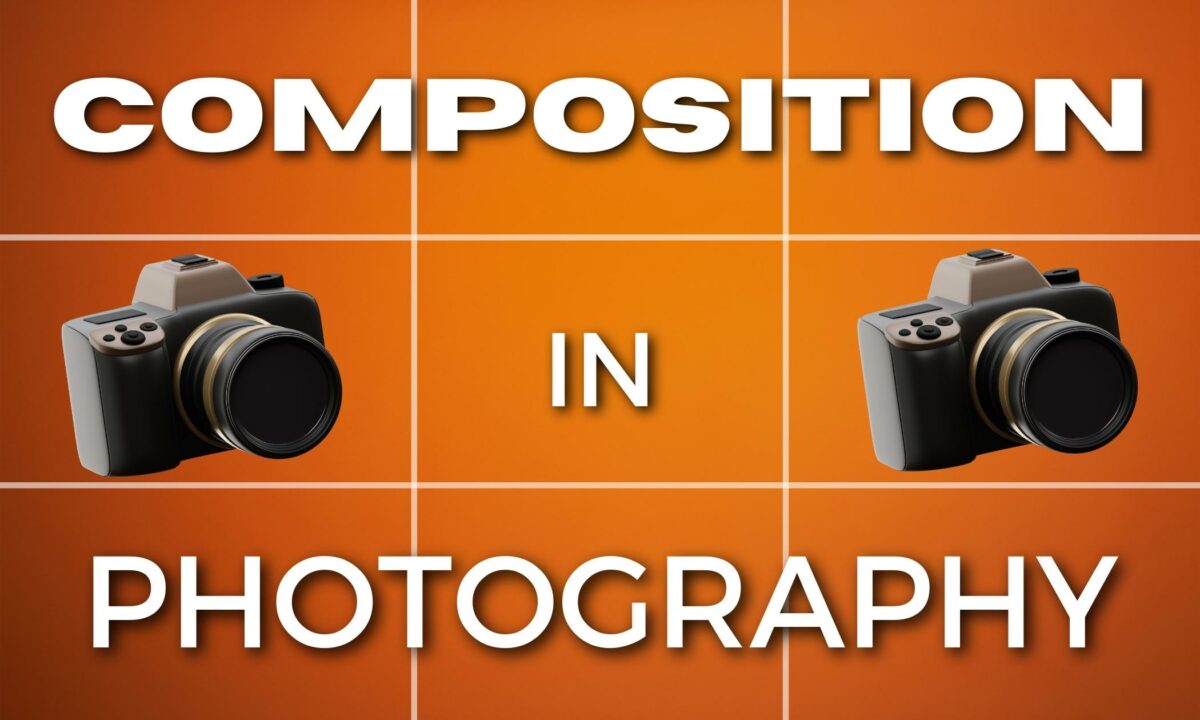
What is Composition in Photography?
In photography, composition refers to the arrangement of visual elements within your frame.
It’s how you organize subjects, shapes, and light in a way that captures the viewer’s attention and communicates a story or mood.
Key Aspects of Composition
- Subject: The main focal point of your photo.
- Lines: They guide the viewer’s eye throughout the image.
- Shapes: The geometrical elements that form your photo’s structure.
- Color: Its use can affect the mood and focus within the photo.
- Texture: The surface quality that can add depth to an image.
- Space: Both the positive (filled with elements) and negative (empty areas) that balance out a photo.
When you start out in photography, remember that these factors serve as the building blocks for your composition. And you need to understand how these components work in harmony to create a compelling photograph.
Balance and symmetry are often used to give photographs a pleasing aesthetic.

While the rule of thirds places your subject off-center to make the image more dynamic. Using these principles will dramatically improve your photography composition.
When you thoughtfully position and frame these elements in your viewfinder, you create the narrative you wish to share.
Whether you’re aiming for drama, peacefulness, or simplicity, your compositional choices are the tools that lead your viewer’s eye and produce emotion.
Keep experimenting with different combinations of these elements.
Why is Composition Important in Photography?
Composition is important in photography because it helps create more aesthetically pleasing and impactful images. And here are a few more key reasons why composition matters:
- Directs the viewer’s eye – Elements placed according to compositional techniques like the rule of thirds or diagonal lines draw the viewer’s gaze towards important subjects or scenes. This creates focus.
- Conveys meaning and story – Careful arrangement of elements and subjects suggests relationships and ideas, helping communicate a concept or story to the viewer.
- Provides balance and visual harmony – Principles like symmetry and repeating patterns bring a sense of order and cohesion to a photo.
- Makes a photo engaging – Images with distinct shapes, contrast, perspectives, and negative space hold the viewer’s attention and interest.
- Unifies the image – Repetition of color, texture, line, and form brings disparate elements together into a cohesive whole with more impact.
- Highlights subject – Framing, leading lines, and intentional space around key subjects gives them emphasis and importance.
- Displays creativity – Composition allows photographers to be more creative and artful with their images.
Composition transforms random photos into intentional, visually striking images able to connect with those who see them. And because of this, it’s a fundamental photographic skill.
What Are The Building Blocks of Composition
As you embark on your photography journey, understanding the fundamental components of composition is essential. These building blocks form the foundation upon which powerful visual narratives are constructed.
Core Principles That Improve Photographic Composition
Leverage the rule of thirds to position your subject and achieve a pleasing composition.

This technique encourages you to imagine your image is divided into nine equal segments, placing the crucial elements along these lines or their intersections.
Symmetry offers a sense of order and calm, and the golden ratio provides a natural, aesthetically pleasing arrangement of elements.
And to elevate the visual intrigue, use the rule of odds, which suggests that images are more visually appealing when they feature an odd number of subjects.
Applying Gestalt Principles In Photographic Composition
Gestalt principles make your photos look really together and strong.
These rules explain how people see all parts of a picture as one big thing. Use smooth connections to make sure everything in the photo flows well together, and put things close to each other to show they are connected. You can make your main subject stand out from the background by adjusting how sharp or blurry it is.
You can also use a trick where you don’t show everything, but let people guess some parts, making the picture more interesting.
Composition In Different Genres Of Photography
Landscape Photography: Here, your frame is often broad and sweeping. The rule of thirds is a common strategy, placing the horizon on the top or bottom line to balance the sky and land. Incorporating leading lines, like a road or river, draws your viewer’s eye through the scene, giving a sense of depth and scale.
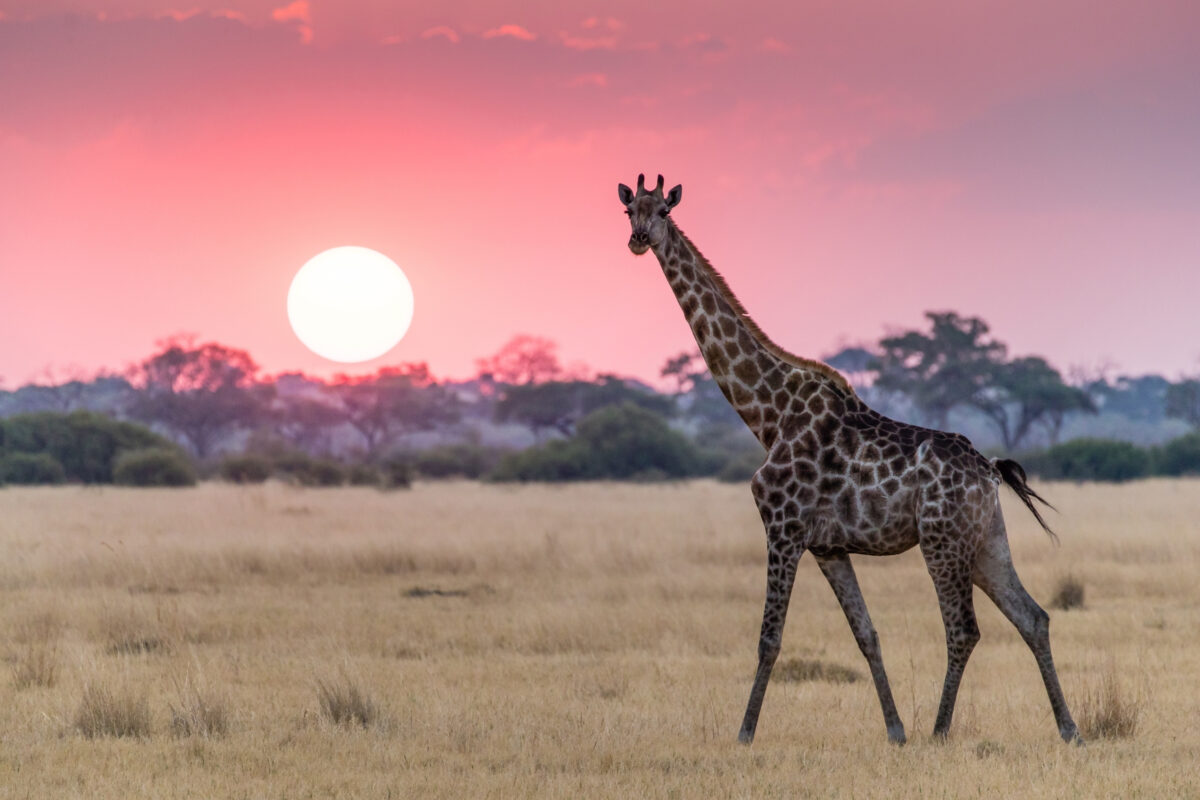
Architecture: Architectural photography thrives on symmetry and patterns. Pay attention to the vertical and horizontal lines; your goal is to find order, often focusing on geometric shapes and the interplay between light and shadow. Sometimes, shooting from a lower angle can emphasize the structure’s grandeur.
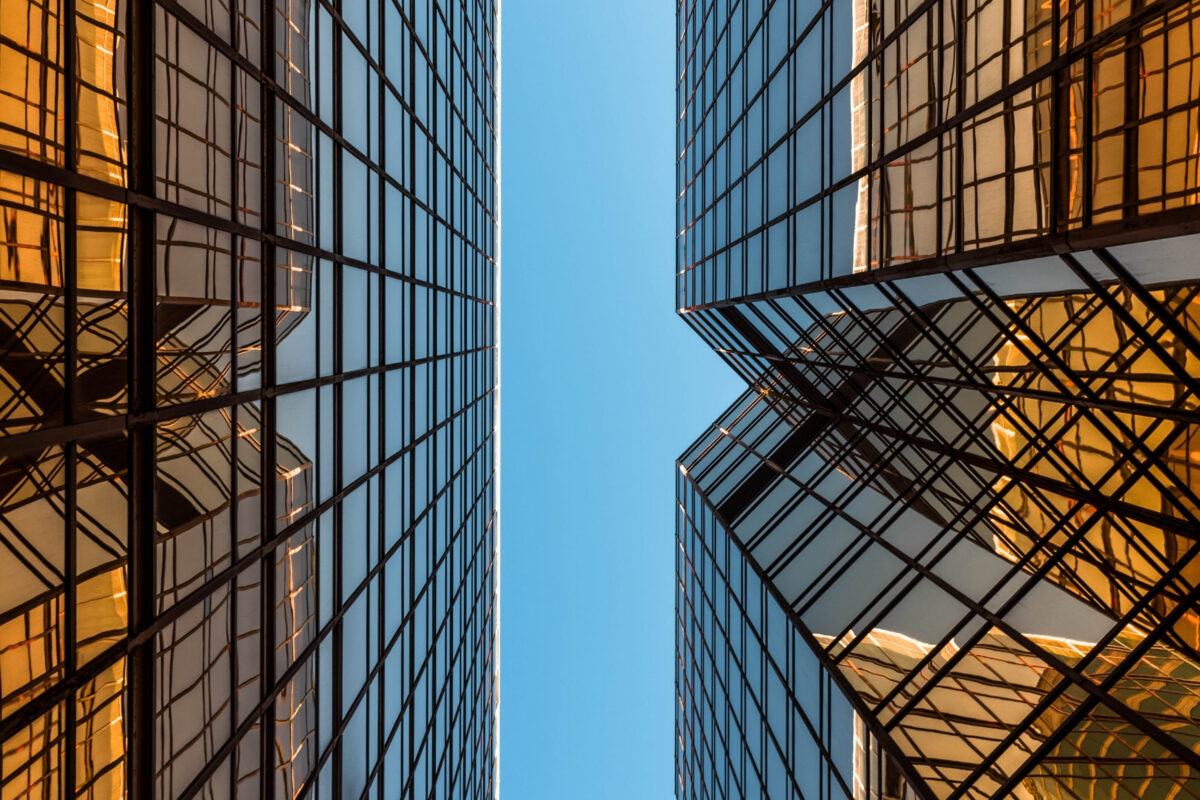
Nature Photography: It’s all about capturing the raw beauty of flora and fauna. Look for textures, contrasts, and colors that nature presents. Filling the frame with a flower or using a shallow depth of field can make your subject stand out against a busy background, giving your photo a focal point.

As you experiment with different genres, remember that composition in photography is not just about following rules but also breaking them creatively.
Your perspective is unique, and altering your viewpoint can entirely change the photo’s impact.
In street photography, for example, a candid shot at an unusual angle can tell a compelling story, often reflecting a more dynamic and bustling atmosphere.
Each genre requires a tailored approach to composition, but all share the common goal of creating an inviting and memorable image. So, keep these differences in mind.
3 Tips for Achieving The Ideal Composition In Photography
Tip #1: Seek Inspiration and Develop Visual Awareness
Begin your journey by seeking inspiration from various art forms.
Explore paintings and classic art to develop your visual awareness and help you appreciate the use of light, color, and form.
And understand how these elements work together to guide the viewer’s eye and produce a compelling point of view in your photography.
Tip #2: Do Some Pre-Shoot Research And Planning
Good research and planning before you start shooting are really important for arranging your photo well.
Learn about the history or the story of the place or thing you’re going to photograph. Spend time looking up popular ways to set up a photo and lean on rules like the Rule of Thirds, Symmetry, and Leading Lines.
This way, you’ll know some good techniques to use, look through your camera carefully, and be able to think creatively in different situations.
Tip #3: Arrival Early for Better Shots
Timing is essential, especially when dealing with elements like natural light and the decisive moment.
Arrive at your location early to assess the lighting conditions and determine the best spots for your shoot.
And remember, patience is key in waiting for that perfect moment where the light and subject align and can provide a powerful composition that feels just right.
12 Composition Techniques Beginners Should Know
1. The Power Of Selective Focus

Selective focus allows you to isolate your subject effectively. By adjusting the depth of field, foreground and background elements become softly blurred, drawing the viewer’s attention directly to the point of interest.
2. Embracing Simplicity In Your Shots
Minimalism utilizes simplicity and negative space to create impact. Try capturing images where your subject stands alone against a large expanse, allowing the viewer to fully appreciate the subject without distraction.
3. Using Rules And Ratios For Better Balance
Incorporating the rule of thirds or the golden ratio helps in achieving a balanced composition. Place key elements at the intersecting points or along the lines to create a harmonious and visually appealing image.
4. Creating Impact With Reflections And Dynamic Foregrounds
Use reflections to add symmetry and leading lines to create depth. A dynamic foreground can serve as an entry point into the scene, guiding the viewer’s gaze deeper into the image.
5. Using Contrast For Visual Appeal

Contrast isn’t just about color; it involves tonal range, textures, and saturation too. High contrast can lend a dramatic look, while subtle contrasts often convey a more nuanced narrative.
6. The Art Of Repetition: Shapes And Patterns
Shapes and patterns create rhythm within an image. Whether organized or random, they can lead to visually engaging photos that draw viewers in through repetition and rhythm.
7. Exploring Different Perspectives
Changing your perspective can drastically alter the story you’re telling. Experiment with overhead shots or low-angle views to provide fresh, unexpected viewpoints.
8. Using Light To Focus Attention
The direction and quality of light are pivotal in photography. Use light to craft scenes, highlight your subject, or create mood, guiding the viewer to the image’s focal point.
9. Adding Natural Elements For Framing
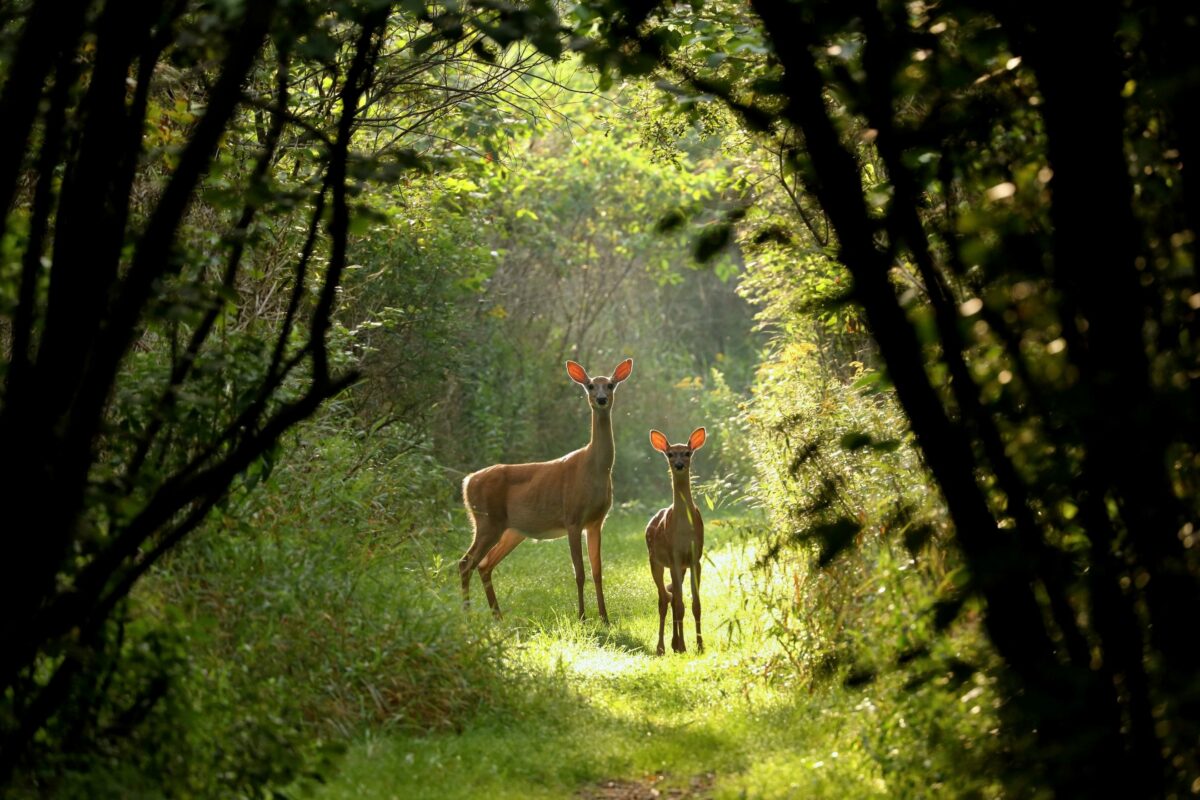
Incorporate elements of nature to frame your subject. Trees, archways, or windows can surround your main point of interest, adding context and depth to your composition.
10. The Effect Of Zooming In Or Out
Altering your focal length or physically zooming in or out can influence how elements within the frame relate to each other. Get closer to emphasize a subject or zoom out to capture a broader context.
11. The Impact Of Vertical Shooting
Vertical shooting or portrait orientation can emphasize vertical lines or elongate subjects. This technique is powerful for portraits, tall structures, or any scene where height is a dominant feature.
12. Integrating Multiple Composition Techniques

Use a combination of these techniques for even stronger compositions. Integrating patterns with leading lines or framing a focused subject within a simplified scene can yield compelling results.
Addressing Common Misconceptions About Composition
When you start your journey in photography, you’ll quickly discover advice on how to compose a photo. But, some common misconceptions about composition can deter your progress.
Myth: The Rule of Thirds is End-All, Be-All.
While the rule of thirds is a strong starting point, it’s not a strict rule. Great photos can come from breaking this “rule” and exploring asymmetry or central compositions.
Assumption: More is Better.
Cramming every element into your frame might sound like capturing more detail, but it can be overwhelming. Photography composition calls for a thoughtful balance of elements, stressing the importance of negative space for a more compelling image.
Misunderstanding: Composition is All About Subject Placement.
Composition in photography encompasses more than just placing your subject. It involves considering backgrounds, foregrounds, and the way different elements interact within the frame to create harmony or tension.
Error: Sharpness Equals Good Composition.
Sharp photos are good, but a perfectly sharp image with poor composition may still fall flat. Your composition should guide the viewer’s eye and evoke emotion, regardless of the sharpness.
The Role Of Composition In Storytelling
When you frame a photograph, you’re telling a story.

Composition is your narrative tool, allowing you to guide the viewer’s eye and evoke specific emotions. For instance, the rule of thirds can create tension or anticipation, while symmetry often brings a sense of calm.
Consider how different elements can shape a narrative. Leading lines can guide the viewer on a journey through the scene. And contrast between light and shadow can exemplify themes of conflict or hope.
Also, the choice of angle gives a new perspective. For example, a child’s viewpoint might suggest innocence, while a high angle could diminish the subject’s power in the narrative.
Your composition’s balance influences how your viewers feel.
Heavy on one side, the image seems full of weight and importance. More evenly spread, it feels harmonious. Details in the foreground suggest intimacy, whereas sweeping backdrops offer a grander context, making your subject part of a larger story.
And with composition, you’re the author.
Whether it’s the excitement of street life or the stillness of nature, use composition to create compelling narratives that resonate on an emotional level.
11 Common Composition Problems And How To Solve Them
Now, let’s look at some typical composition issues and their solutions.
1. Addressing Messy Or Overloaded Edges
Check the edges of your frame to ensure they aren’t cluttered. A clean frame can prevent distractions and focus attention on your main subject. If the edges are messy, try to recompose by shifting your position or zooming in.
2. Correcting Uneven Horizon Lines
A level horizon is fundamental for a balanced photo. Use your camera’s built-in level or the grid feature to keep horizon lines straight. If you didn’t get it right in-camera, most editing software includes tools to straighten the horizon in post-processing.
3. Making Sure The Subject Dominates The Frame
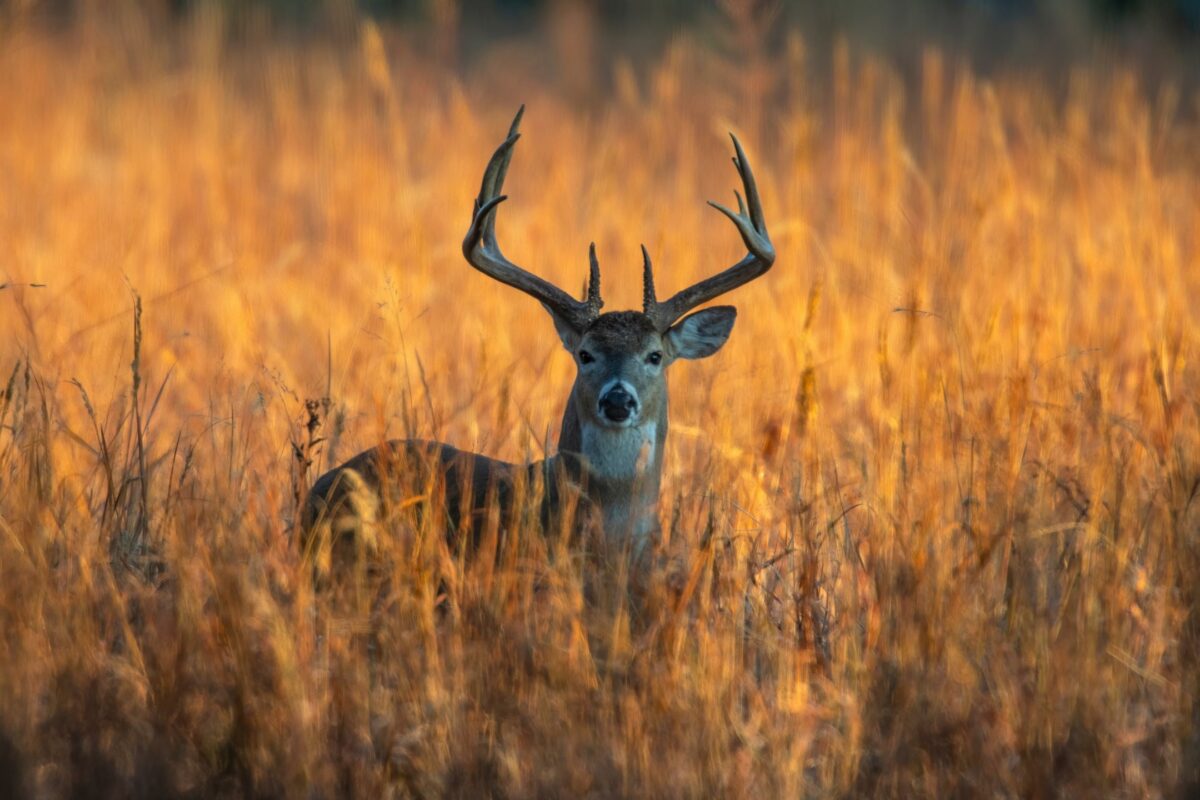
Your subject should be the focal point of your image. To emphasize your subject, use techniques like selective lighting or a shallower depth of field. The viewer’s attention will naturally gravitate to where these elements are most pronounced.
4. Avoiding Subjects Exiting The Frame
If your subject appears to be exiting the frame, it creates a sense of unfinished movement. Reposition yourself or your subject to provide space in the direction of the movement. This gives your photo a more dynamic feel and suggests continuity beyond the image.
5. Balancing Your Scene
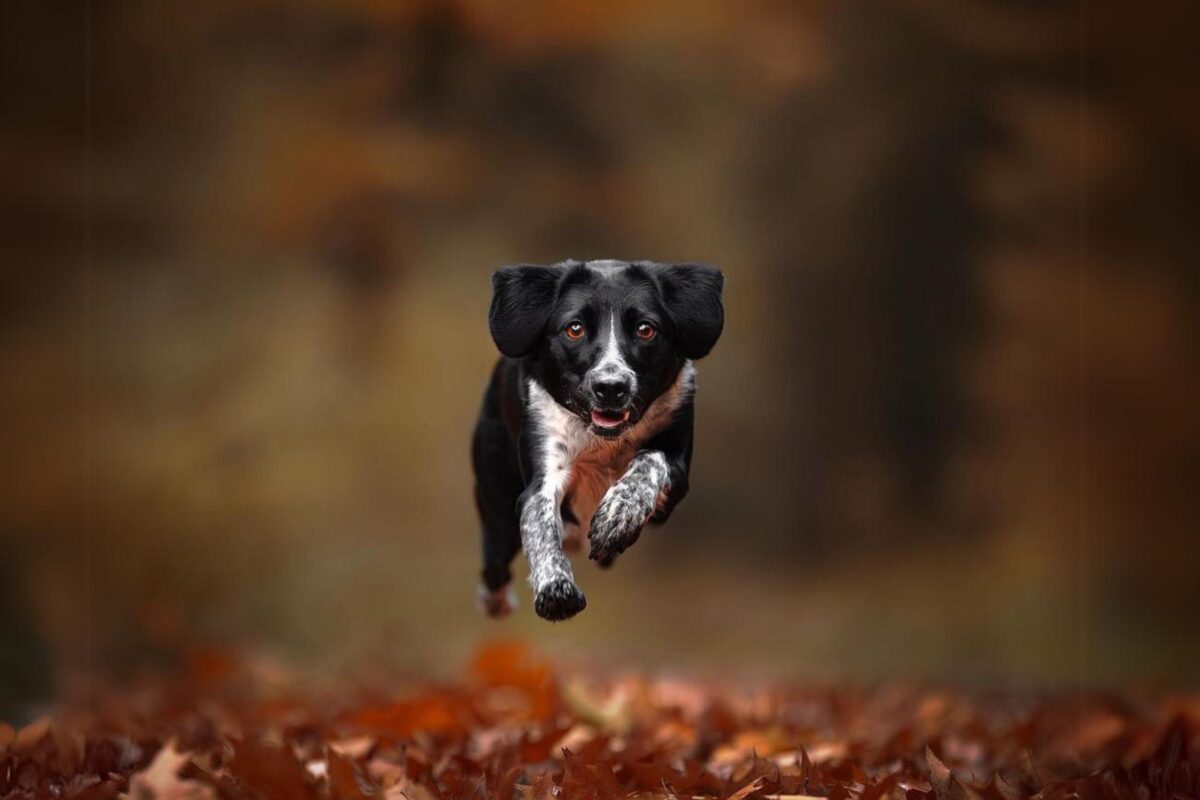
Achieving balance doesn’t necessarily mean symmetry. Use the concept of visual weight to create a balanced composition. Objects, colors, and textures can all contribute to a feeling of equilibrium within the frame.
6. Simplifying Overly Complex Scenes
In complex scenes, identify what’s crucial and eliminate the rest. Reducing clutter brings clarity to your image. You can simplify a scene by adjusting your angle or aperture to focus on your subject and blur the background.
7. Choosing The Right Depth Of Field
Depth of field is crucial for directing attention. A shallow depth highlights your subject, while a deep depth retains detail throughout the scene. Adjust your aperture to change the depth of field based on your compositional needs.
8. Avoiding Excessively Centered Subjects
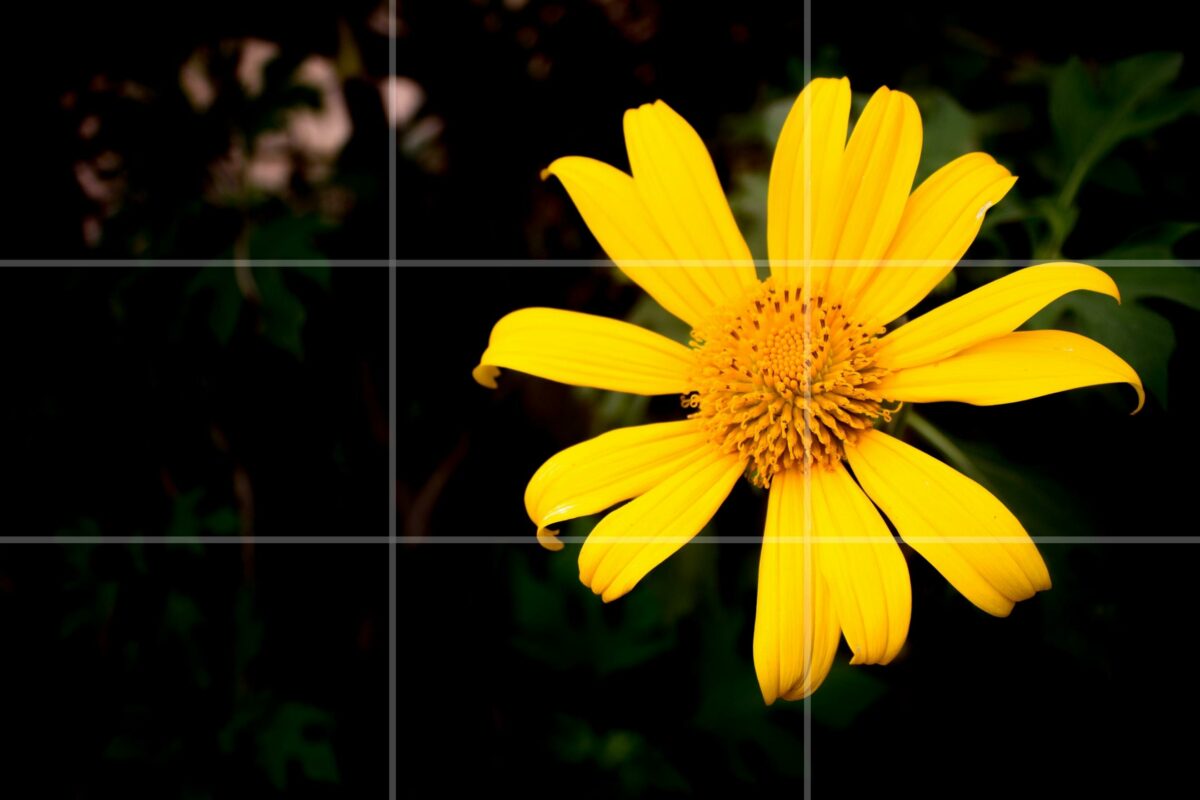
Centering your subject can sometimes result in a static composition. Use the rule of thirds to place your subject off-center, which often creates a more engaging photo. Remember, breaking the rule is fine as long as it’s intentional and serves the image.
9. Enlivening Dull Foregrounds
A dull foreground can diminish the depth and interest in a photo. Introduce elements like rocks, plants, or patterns that lead the eye into the scene. This technique adds depth and guides the viewer toward your focal point.
10. Giving Your Subject Ample Space
Allow breathing room around your subject to avoid a cramped composition. This space is particularly important in the direction your subject is facing or moving. It enhances the story and anticipates movement or gaze, which feels more natural to the viewer.
11. Overcoming Camera Setting Problems in Composition
Understanding your camera settings is essential for effective composition. The right aperture, shutter speed, and ISO can profoundly impact the visual elements of your image. Experiment with different settings to see how they modify your composition’s overall feel.
How to Improve Composition During Post-Processing
Post-processing offers valuable tools to enhance the composition of your photographs, allowing you to fine-tune aspects such as focus, balance, and emphasis.
So, by understanding how to apply different editing techniques effectively, you can transform an average image into a compelling one.
Adding Vignettes for Focus
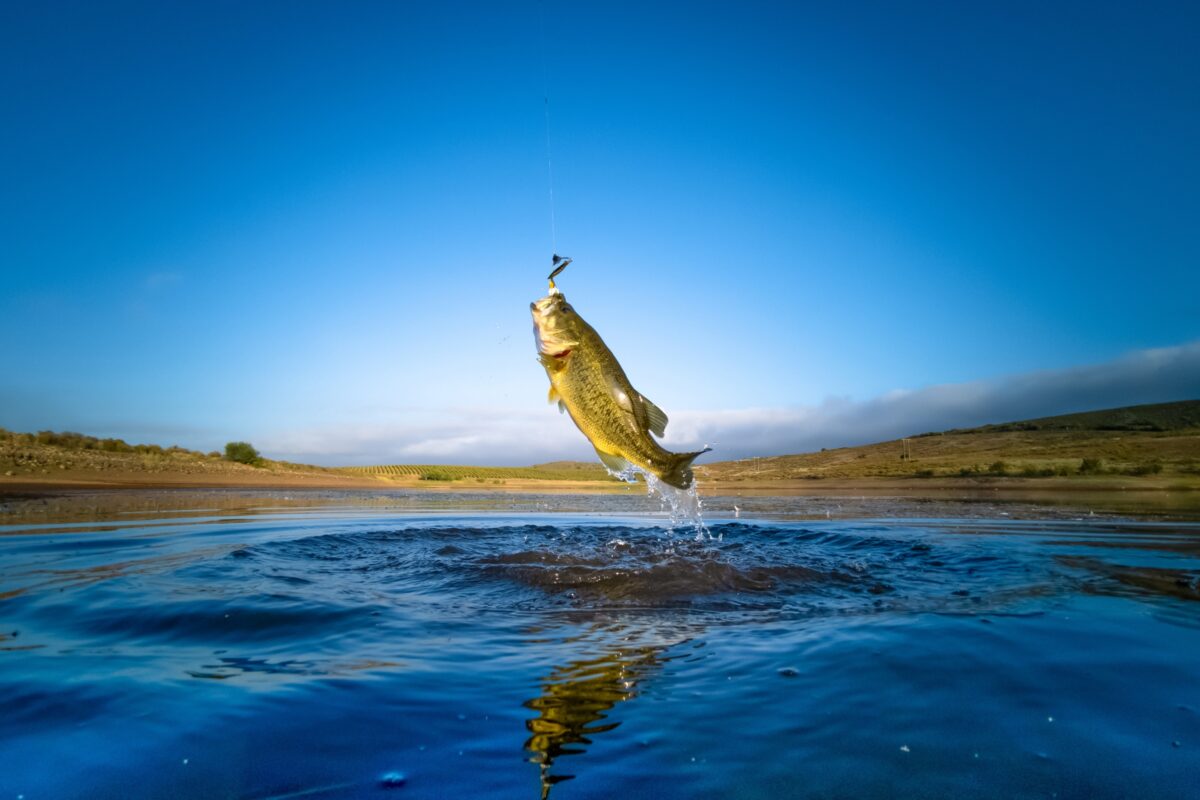
Vignettes are a subtle way to lead a viewer’s eye towards the central subject of your photo. By darkening the edges of your image during post-processing, you draw attention to the intended focal point. Use this technique sparingly to ensure a natural look and avoid overpowering the main elements of your composition.
Cropping for Better Composition
Cropping is a powerful tool to improve the overall composition of a photograph. You can remove unnecessary distractions and ensure your subject aligns with compositional guidelines, such as the rule of thirds. Remember, while cropping can enhance an image, it’s important to maintain the integrity of your original vision and not over-crop, potentially losing essential parts of the photo.
Transforming Images with Black and White Conversion
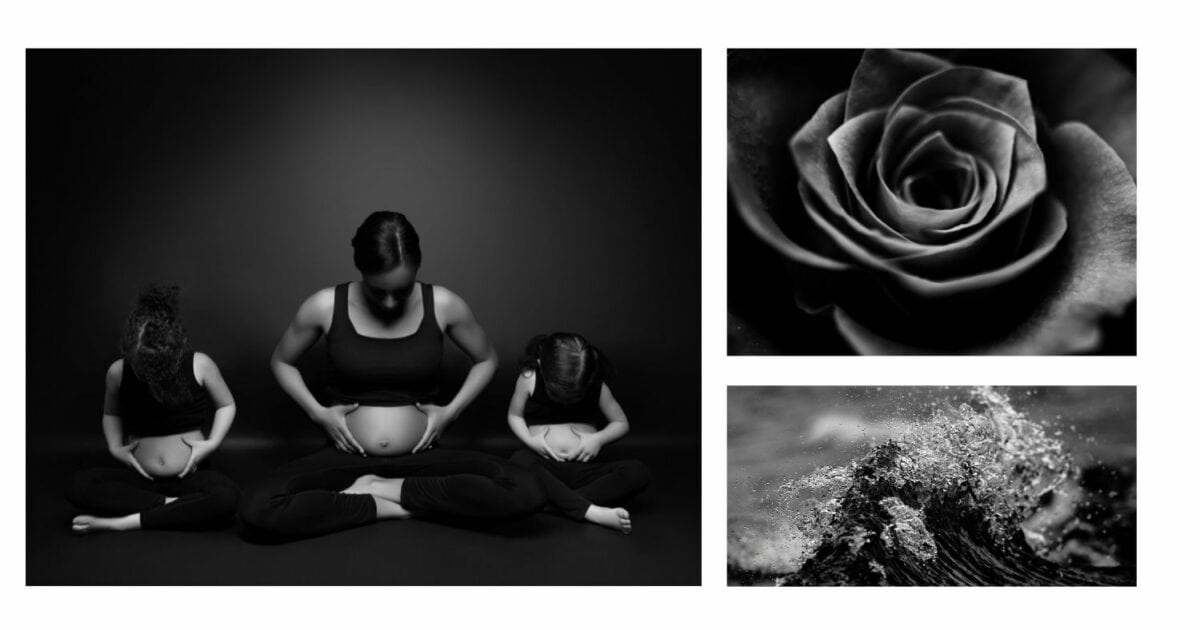
Converting an image to black and white can dramatically change its mood and focus. Without the distraction of color, you emphasize the contrast, textures, and shapes within your photo. This technique can also enhance the sense of movement and lead to a stronger emotional impact, as it strips down the image to its core compositional elements.
How to Continue Learning and Improving Photography Composition
As you progress in photography, expand your skill set deliberately.
Developing an eye for composition involves continuous learning and practice. So, here are a few ways you can actively improve your understanding and application of photography composition.
Participating in Workshops or Collaborating with Professional Photographers
Workshops offer a structured environment where you can learn from experienced photographers. These opportunities not only provide you with direct feedback but also expose you to a variety of styles and techniques.
Also, collaborating with professionals can give you unique insights into how they solve compositional challenges.
Drawing Inspiration from Diverse Photographs

Exploring a wide range of photographs can spark your creativity and help you identify different compositional elements in action.
Study images that exemplify strong use of rhythm, balance, and symmetry to see how these principles affect the visual impact of a photograph.
Be Patient in Photography
Masterful composition doesn’t happen overnight.
It’s a result of patience and observation. Take time to assess your surroundings and envision how various elements can come together in your frame. Then, wait for the right moment when everything aligns to take your photo.
Consistent Practice for Skill Enhancement
Practice is key to improvement.
Dedicate time to practice different techniques like playing with leading lines, perspectives, and manipulating the size proportions within your images.
Also, regularly reviewing and critiquing your own work speeds up your growth as a photographer.
Frequently Asked Questions
What are the essential elements of using the rule of thirds in photography?
Imagine your viewfinder is divided by two equally spaced vertical and horizontal lines creating nine rectangles. The rule of thirds suggests placing the most important elements of your scene along these lines or at their intersections, guiding your viewer’s eye into the photograph.
Grid Visualization
_________________
| | | |
|_____|_____|_____| <- Horizontal Lines
| | | |
|_____|_____|_____|
| | | |
|_____|_____|_____| <- Horizontal Lines
^ ^ ^
Vertical Lines
The four points where these lines intersect are the sweet spots for placing your subject or important compositional elements.
How can the rule of thirds improve my headshots?
By placing your subject’s eyes at the top intersections of the grid, you can create a more engaging headshot. The viewers are naturally drawn to the eyes, making for a headshot that feels both composed and alive.
What are the differences in composition when applying the rule of thirds before and after a shot is taken?
Before taking a shot, applying the rule helps in framing your subject in a way that is naturally pleasing. After the shot, you can crop the photo to adjust your subject’s position according to the rule of thirds, which can improve focus and balance.





